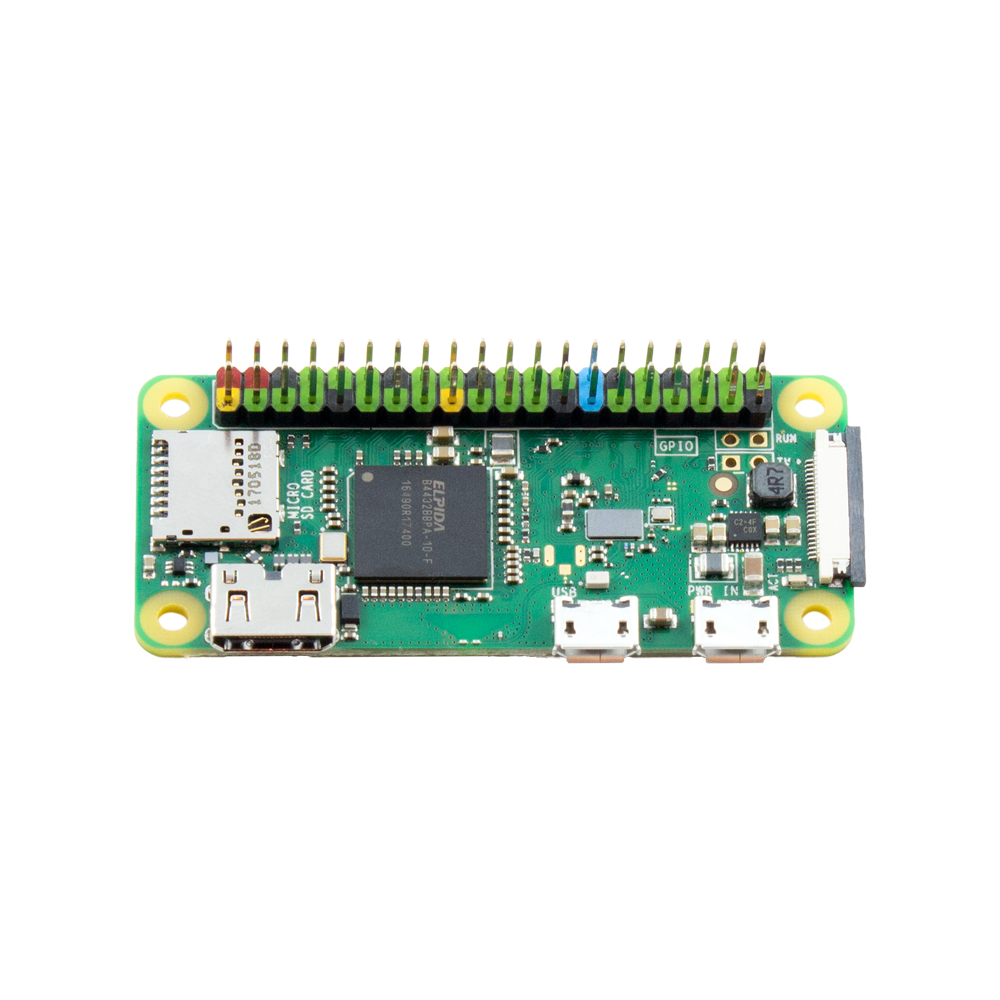
I wasn’t able to do anything to cause the Pi to crash at 3.3V, but that still doesn’t mean it’s entirely stable at that voltage either. For example, while I could navigate directories at 3.1V, starting something more intensive like the interactive Python 3 shell would crash it. It’s very unstable at this voltage though. I was able to get down to 3.0V on the 5V line (Running `top` so I could see the Pi hadn’t died and was still updating) before it cut out entirely. I was powering it through the regulator still as well, not bypassing it like another commentor mentioned. However, directly connecting to the GPIO headers with an FTDI board, I was able to power the Pi off of voltages even lower than 3.3V, albeit unstably. Had to disable HDMI and WiFi can’t be used below around 4.5V so I disabled it as well. I almost agreed with Anonymous’ comment on here that the USB hub must be powering the Pi through backfeed since that’s a common issue with cheap hubs, but then I realized that would make no sense because the 3.3V supply and 5V supply would be shorted together and at the very least that would cause incorrect current readings but everything seemed normal here. I thought there was no way the processor could run at 3.3V with the drop-out of the regulator. Just throwing my two cents in here, I was very skeptical of this at first. 3.3V rail has a bit of wobble, min 3.16V and typ 3.29V on an osciliscope. Powering with 3.3V, HDMI disabled, USB hub connected Powering with 3.4V, HDMI disabled, USB hub connected Power consumption after sudo shutdown completes: 22mA Max power consumption during boot: 268mA (this was just by watching PSU display readings by eye, most of the time was < 180mA but peeked at times – using an inline max/min multi-meter resistance caused too much voltage drop) RJ45 USB ethernet adaptor in the USB hub (powered by the USB hub not the RPi) works fine, SSH connection fine. Powering with 3.5V, HDMI disabled, USB hub connected The running current will be higher than at 5V as its voltage regulator is switch mode, but the voltage regulator should still do its job OK as long as there is a bit of voltage headroom to its Vout (3.3V).

It should be fine to power it with 3.3V directly via the IO connector 3V3 pin (we haven't tried, but no reason not to), or use its voltage regulator to create the 3.3V with an input voltage below 4.75V. No schematic is available at the current time for the RPi zero, but as it is simply just the processor and SD card, which both run at 3.3V, there should be no reason not to be able to power it with a voltage below 4.75V. Whilst the Raspberry Pi is generally specified as operating from 4.75V to 5.25V (the USB acceptable voltage range), the processor runs at 3.3V. The RPi zero runs at 3.3V, there is an on board voltage regulator which creates this voltage from the 5V power input.

Idle at command prompt (GUI not loaded): 63mA

Nothing connected other than power input, HDMI port and LED disabled (see here) Idle at command prompt (GUI not loaded): 82mA Max current during boot up to command prompt (GUI not loaded): 185mA

Nothing connected other than power input: Idle at command prompt (GUI not loaded): 95mA Max current during boot up to command prompt (GUI not loaded): 197mA HDMI + USB hub connected (no USB peripheral load) Our tests using fresh installed Raspbian OS Normally on, turns off to indicate disk activity. This contains an ARM1176JZFS (ARM11 using an ARMv6-architecture core) with floating point, running at 1GHz, and a Videocore 4 GPU.Ĥ0pin GPIO header with identical pinout to Model A+/B+/2BĬSI camera connector (newer version from May 2016)Ī single green LED. Broadcom BCM2835 (as in Raspberry Pi 1, but 1GHz) single core processor instead of newer quad core BCM2836 (RPi 2).īroadcom BCM2835.


 0 kommentar(er)
0 kommentar(er)
